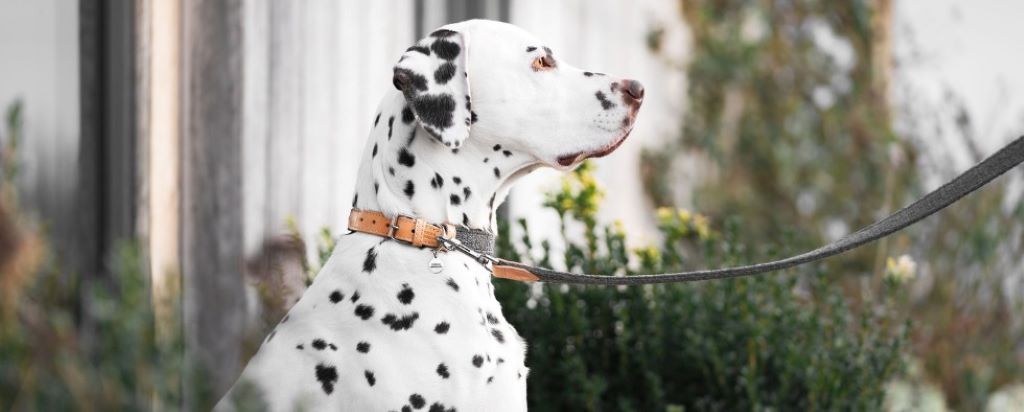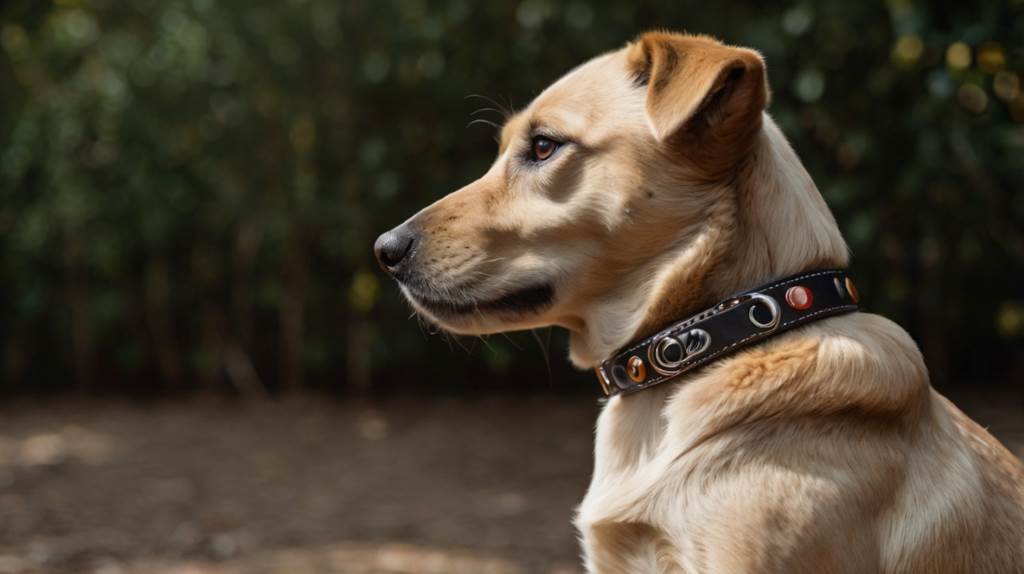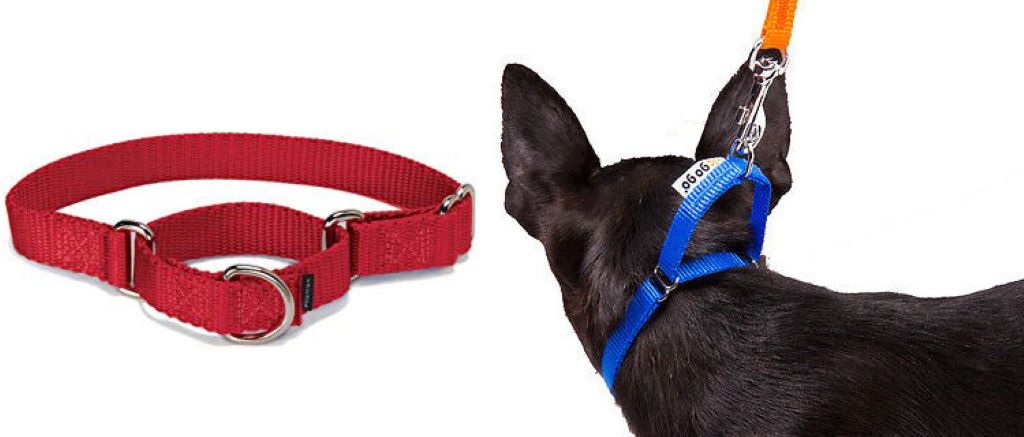Your dog’s collar is more than just a fashion statement or a place to hang their ID tag. It’s a crucial tool for safety, control, and communication. But just like any piece of frequently used equipment, collars experience wear and tear. So, how often should you be replacing that trusty neckwear? The answer, like most things dog-related, depends on a few key factors.
Dog Collar Care: Factors Influencing Collar Lifespan
- Material: Different materials have different lifespans.
- Nylon or Polyester: These are popular choices, known for their durability and affordability. With proper care, they can last anywhere from 6 months to a year.
- Leather: Leather collars, while stylish and strong, require more maintenance and can wear down with exposure to moisture and dirt. Expect to replace them every 1-2 years.
- Metal: Metal collars, typically chain or prong collars used for training, are quite durable but can rust or break with rough use. They can last several years with proper care.
- Biothane: This waterproof and odor-resistant material is a favorite for active dogs. It’s incredibly durable and can last for years.
- Activity Level: A dog who loves to romp through fields, swim in lakes, or wrestle with buddies will naturally put more stress on their collar than a couch potato pup. More active dogs may need collar replacements more frequently.
- Dog’s Age and Size: Puppies grow quickly, so their collars will need frequent adjustments and eventual replacement. Likewise, larger, stronger dogs put more strain on their collars, potentially leading to faster wear and tear.
- Collar Fit: A properly fitted collar is essential for both comfort and safety. A too-tight collar can cause skin irritation and discomfort, while a too-loose collar can slip off, leading to potential escape or injury. Regularly check the fit and adjust or replace as needed.
- Wear and Tear: Regularly inspect the collar for signs of wear and tear. Look for:
- Fraying or cracking: This is especially common with nylon and leather collars.
- Rust or broken links: Check metal collars for signs of weakness.
- Loose or broken buckles: Ensure the clasps are secure and functioning correctly.
- Stretched or misshapen material: This indicates the collar may no longer fit properly.
General Guidelines for Collar Replacement:
While the above factors play a significant role, here’s a general guideline:
- Every 6-12 months: This is a good starting point for most dogs, especially those wearing nylon or polyester collars.
- Every 1-2 years: Consider replacing leather collars within this timeframe, depending on their condition.
- As needed: Always replace a collar immediately if it shows signs of significant wear and tear, regardless of its age.
Beyond Replacement: Maintaining Your Dog’s Collar

Proactive care can extend the life of your dog’s collar and ensure their comfort and safety. Here are some tips:
- Regular Cleaning:
- Nylon/Polyester: Wash with mild soap and water, or machine wash on a gentle cycle.
- Leather: Wipe with a damp cloth and condition regularly with a leather conditioner.
- Metal: Clean with a damp cloth and dry thoroughly to prevent rust.
- Proper Storage: When not in use, store the collar in a cool, dry place away from direct sunlight.
- Routine Inspections: Make it a habit to check the collar regularly for any signs of wear and tear.
Choosing the Right Collar:
When it’s time for a new collar, consider your dog’s individual needs and lifestyle.
- Everyday Use: Flat buckle collars made of nylon or leather are suitable for most dogs.
- Training: Martingale collars or head halters can be helpful for dogs who pull on leashes.
- Safety: Reflective collars are ideal for nighttime walks.
- Identification: Ensure your dog’s collar has a secure ID tag with your current contact information.
Signs Your Dog Needs a New Collar:
Beyond visible wear and tear, pay attention to these signs:
- Skin irritation or hair loss: This could indicate a too-tight collar or an allergic reaction to the material.
- Difficulty breathing or coughing: A too-tight collar can restrict airflow.
- Your dog slipping out of the collar: This is a safety hazard and indicates the need for a better-fitting collar or a different type of collar altogether.
- Your dog seems uncomfortable: If your dog frequently scratches at their collar or seems agitated while wearing it, it’s time to investigate.
You might Also Like: Dog Collars that Tighten When Pulled: A Comprehensive Guide
A Final Word:
Your dog’s collar is an essential part of their everyday life. By choosing the right collar, maintaining it properly, and replacing it when necessary, you can ensure your furry friend’s comfort, safety, and well-being. Remember, a well-cared-for collar is a happy collar!




